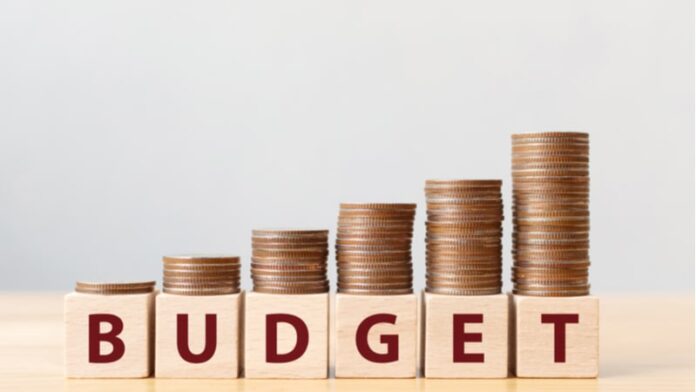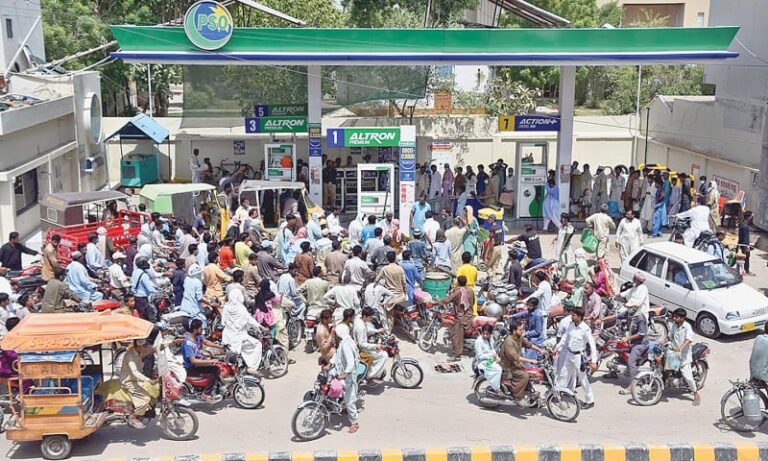Key Things to Look Out for In the Budget 2022-2023
The “progressive, pro-people and business friendly” budget for the Fiscal Year 2022-2023 approved by present government is all set to be rolled out on June 10, which is also focused on increasing revenues.
Few months back the government was more inclined to revive its multi-billion dollar deal with International Monetary Fund (IMF) programme but with arrival of Miftah Ismail as Federal minister for finance who clearly stated that his efforts will be more towards controlling inflation and bringing budget deficit below 5% of the GDP and it is fully expected that the upcoming budget will target higher growth next fiscal year. The government had been holding discussions with IMF to finalize its technique, with the international body supporting judicious strategies and measures for monetary solidification.
With Pakistan previously haggling for the greatest conceivable fiscal space to develop a growth focused budget, the remarkable highlights of impending financial plan will be one monetary development, further developed work, political help gauges and overseeing monetary irregular characteristics. Boosting private sector investment, development in infrastructure, agriculture, social sectors as well as reforms in governance are on the top priority list.
As the government has fueled the prices of petrol by a whooping Rs60 per liter and hiked up the prices of electricity and gas as well, it is expected that the prices of all important goods and services will increase. Consequently, individuals of Pakistan are looking at the upcoming budget to check the effect of the increase in taxes and removal of subsidies.
The government is waiting for the revival of the IMF programme and it is expected that upcoming budget will have the strategy to promote fiscal restraint and stabilization. It will be observed that whether more IMF conditions are being pushed through the Finance Bill such as increasing tax rate etc. IMF has ordered the government to remove tax exemptions and subsidies and increase tax rate on few more sectors.
While the middle class and lower-middle class is bearing the burden of this inflation, the rich have not been affected much. It is only salaried person-a fixed income group who bear the brunt of price hike, but with the upcoming budget it is expected that the government may withdraw perks and subsidies for the rich. A few measures would be taken for this cause like increase in tax rates for high-salaried individuals, reduction in tax concessions and exemptions for various sectors, luxury items having more regulatory duties and luxury tax on immovable property and vehicles.
The Topline securities have reported that government is targeting to set a tax revenue collection of Rs7.25 trillion for the fiscal year 2022-2023 (9-2% of GDP) which is 19% up from the revised target of Rs 6.1 trillion (9% of GDP) for FY2022. For past few years, Pakistan has missed the targets and frequently and now it is very unpredictable for the new government to achieve the target set for the next fiscal year.
The government will introduce measures and reforms to help businesses flourish with this slowdown in economic activity. With the ban on luxury and non-essential items, increase in regulatory duties on import items and hike in petrol prices the business community is already suffering. However, they are expecting a major relief for the industries as economic growth and stability depends on the growth of industries.







